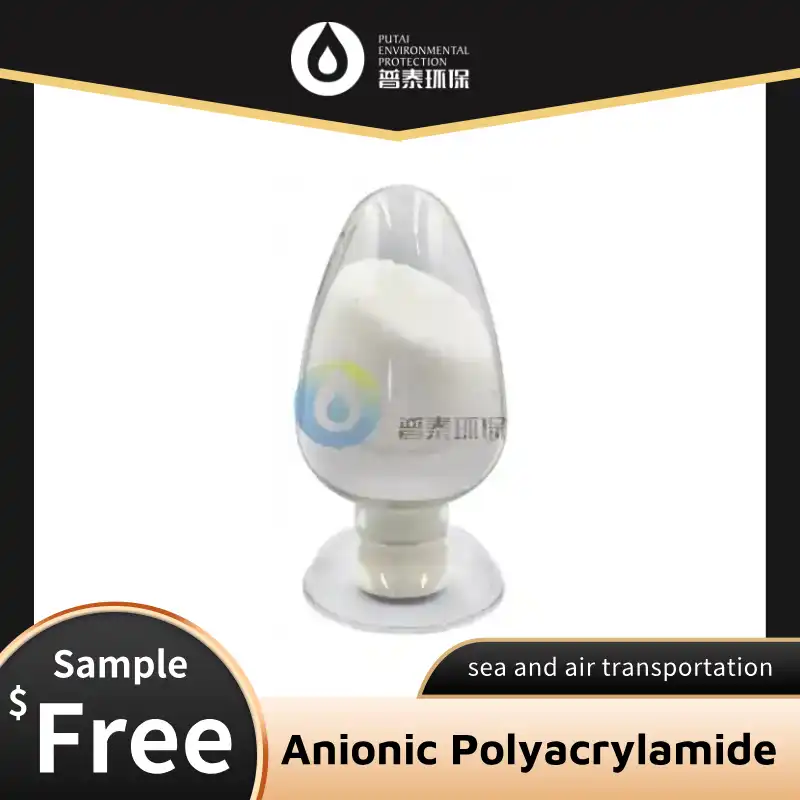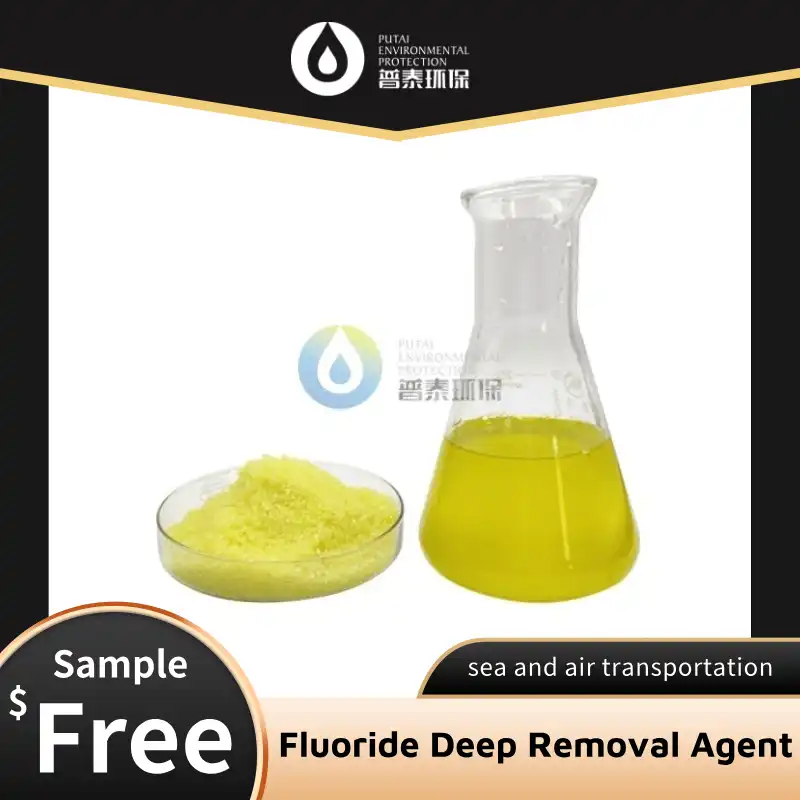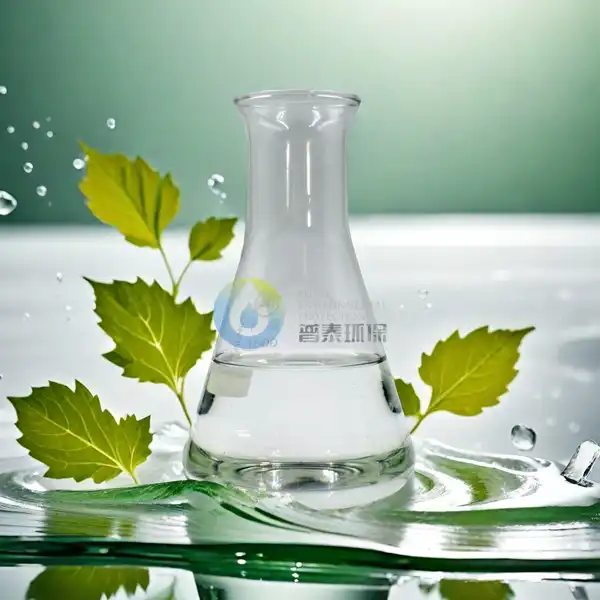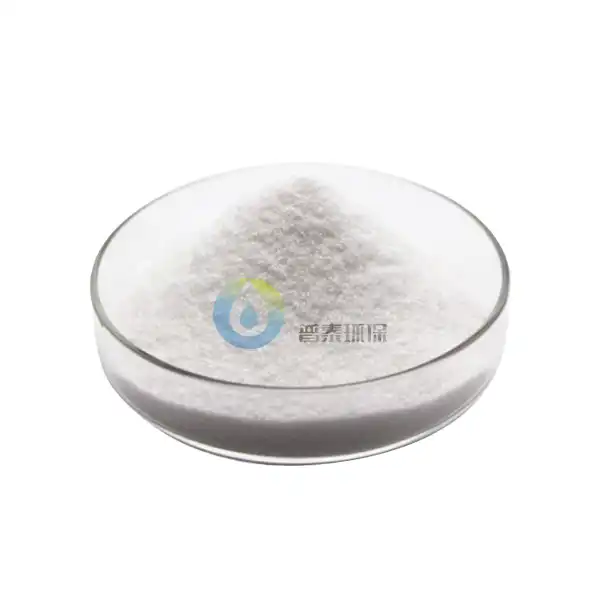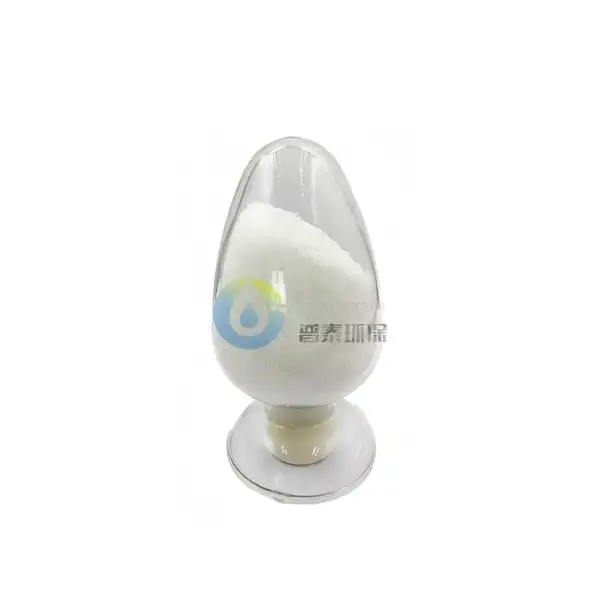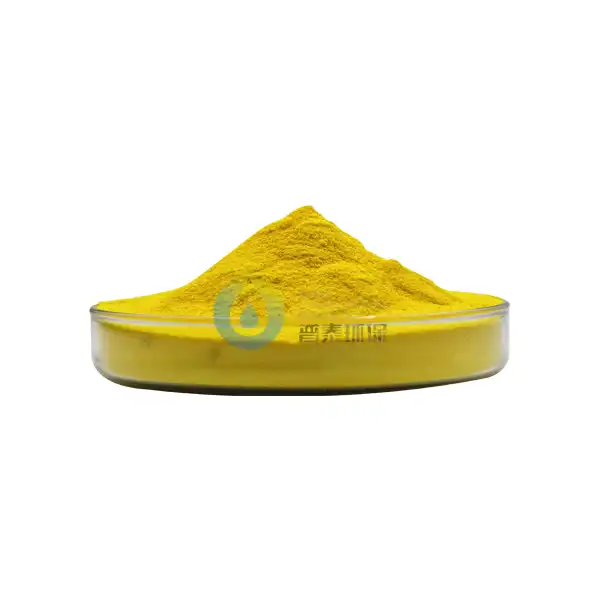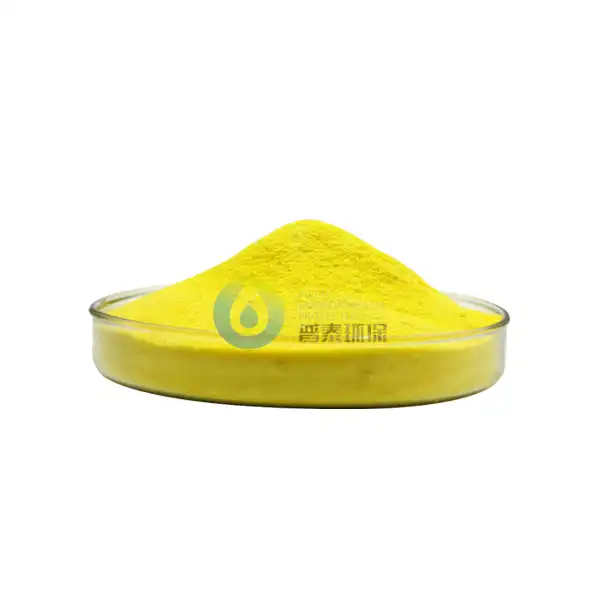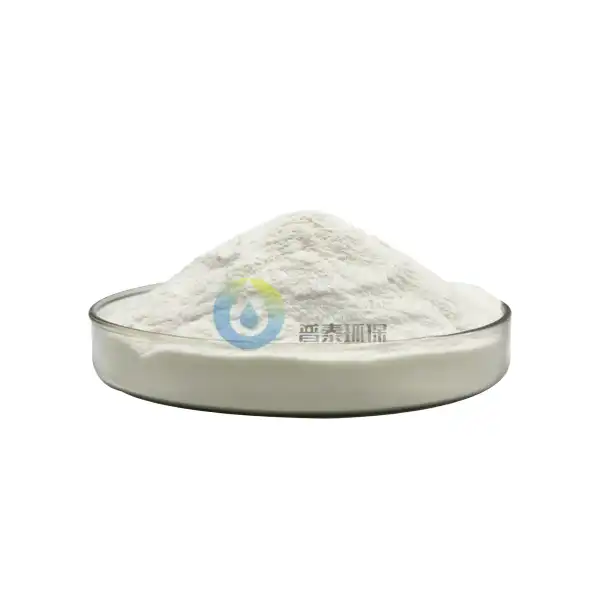Is Poly Aluminium Chloride Biodegradable in the Paper Industry?
Poly Aluminium Chloride (PAC) has become an essential chemical in the paper manufacturing industry, serving as a crucial coagulant in wastewater treatment and the papermaking process. As environmental concerns grow globally, understanding the biodegradability of chemicals used in industrial processes is increasingly important. This blog explores the biodegradability of Poly Aluminium Chloride in the paper industry context, examining its environmental impact and sustainability considerations.
What makes Poly Aluminium Chloride effective in paper industry applications?
The Chemical Composition and Properties of PAC in Papermaking
Poly Aluminium Chloride in paper industry applications features a unique chemical structure with the formula [Al(OH)ₙCl₃₋ₙ]ₘ, where the degree of polymerization and hydroxylation ratio can vary. This adaptable structure allows manufacturers to create PAC formulations specifically tailored for paper industry needs. PAC works by neutralizing negatively charged particles in pulp suspension, forming microflocs that develop into larger, manageable flocs. Its stability across a wider pH range (5.0-8.0) compared to traditional aluminum sulfate gives paper manufacturers greater process flexibility while maintaining consistent performance.
How PAC Improves Paper Quality and Manufacturing Efficiency
When used in papermaking, Poly Aluminium Chloride enhances both product quality and operational efficiency. PAC improves retention of fine fibers and fillers within the paper web, resulting in better formation uniformity and enhanced paper strength properties. From a manufacturing perspective, PAC contributes to faster drainage rates on paper machines, allowing increased production speeds. Its effective coagulation properties also reduce foam formation, minimizing operational issues like sheet breaks. Additionally, improved dewatering leads to lower steam consumption in the dryer section, representing substantial energy savings.
The Role of PAC in Wastewater Treatment Within Paper Mills
In paper mill wastewater treatment, Poly Aluminium Chloride effectively removes suspended solids, colloidal materials, and dissolved organic compounds from effluents. When introduced to wastewater systems, PAC forms polynuclear aluminum complexes that destabilize colloidal suspensions through charge neutralization and adsorption. This results in larger, settleable flocs that are easily removed through clarification or flotation. PAC excels at reducing biological oxygen demand (BOD), chemical oxygen demand (COD), and total suspended solids (TSS) – key regulatory compliance parameters for paper mill discharges.
How does Poly Aluminium Chloride biodegrade in aquatic environments after paper production?
Mechanisms of PAC Decomposition in Natural Water Systems
When Poly Aluminium Chloride enters aquatic environments, it undergoes hydrolysis reactions that transform polymeric aluminum species into monomeric forms and eventually into aluminum hydroxide precipitates. This process is influenced by environmental factors including pH, temperature, and the presence of other ions. The initial phase of hydrolysis typically occurs within days, while transformation into stable aluminum hydroxide forms proceeds more gradually over weeks. While conventional microbial biodegradation plays a limited role due to PAC's inorganic nature, natural sediment microorganisms can facilitate transformation through changes in local environments and production of organic acids.
Environmental Fate Studies of PAC Components in Freshwater Systems
Research on Poly Aluminium Chloride in paper industry effluents shows that aluminum initially partitions between dissolved and particulate phases in freshwater ecosystems. At normal pH values, most aluminum precipitates as aluminum hydroxide and settles into sediments. Studies indicate sediment-bound aluminum typically has limited mobility, primarily moving during high-flow events that resuspend bottom sediments. Regarding bioaccumulation, while certain aluminum species may be bioavailable to aquatic organisms, significant bioconcentration through food webs has not been widely observed for PAC-derived aluminum due to the low solubility of aluminum hydroxide precipitates.
Comparison of PAC Biodegradability with Alternative Paper Industry Coagulants
Comparing Poly Aluminium Chloride with alternatives reveals important differences in environmental impacts. Both PAC and traditional aluminum sulfate (alum) form aluminum hydroxide precipitates, but PAC typically results in less residual dissolved aluminum in treated effluent, potentially reducing aluminum bioavailability to sensitive aquatic organisms. Iron-based coagulants form iron hydroxide precipitates instead, showing similar environmental persistence. Organic polymer coagulants present different biodegradation profiles with greater susceptibility to microbial breakdown, though complete mineralization often remains limited. PAC often offers advantages through more efficient coagulation at lower dosages, reducing overall environmental footprints despite similar persistence characteristics.
What factors influence the environmental impact of Poly Aluminium Chloride in papermaking?
Process Integration Strategies to Minimize PAC Environmental Footprint
Paper mills can minimize the environmental impact of Poly Aluminium Chloride through strategic process integration. Closed-loop white water systems with advanced clarification enable recovery and reuse of PAC-treated process water, reducing discharge of residuals. Real-time monitoring and dosage control systems optimize PAC application by delivering precise chemical quantities based on actual process conditions. Strategic positioning of PAC addition points within the papermaking process can also influence environmental outcomes, with targeted application often allowing for reduced dosages. Additionally, integrated sludge management practices optimize PAC-containing residuals, facilitating beneficial reuse options rather than landfill disposal.
Regulatory Considerations and Industry Standards for PAC Usage
The regulatory framework governing Poly Aluminium Chloride in paper industry applications has evolved significantly, reflecting growing environmental awareness. In the European Union, the Industrial Emissions Directive and associated Best Available Techniques Reference Documents establish specific performance benchmarks for wastewater treatment systems, including limitations on aluminum discharge concentrations. In North America, the National Pollutant Discharge Elimination System permitting process imposes restrictions on metal concentrations in paper mill effluents. Beyond regulations, voluntary industry standards and certification systems like the EU Ecolabel, Nordic Swan, and Forest Stewardship Council have established criteria that include chemical management practices, driving innovation in both PAC formulations and application methodologies.
Conclusion
In conclusion, while Poly Aluminium Chloride is not conventionally biodegradable through microbial processes, its environmental fate in paper industry applications is characterized by transformation pathways that ultimately render it as aluminum hydroxide precipitates with limited bioavailability. Through optimized formulations, precise application strategies, and integrated recovery systems, the paper industry can effectively manage PAC usage to minimize environmental impacts while leveraging its performance benefits.
Xi'an Putai Environmental Protection Co., Ltd. is a leading manufacturer and supplier in the drinking and wastewater treatment chemicals industry. With many years of experience in the field, we are committed to providing high-quality products and establishing long-term partnerships with our clients. Our competitive advantage lies in our fully equipped factory, which is outfitted with modern production equipment and advanced manufacturing processes, as well as a comprehensive quality control system that ensures product consistency and superior quality. Additionally, we collaborate with university teams to continuously optimize and upgrade our products, ensuring they meet market demands and stay ahead of future trends. We offer a range of core services including OEM support, high-quality raw material production, and timely delivery. If you're interested in learning more or exploring potential cooperation, please feel free to contact us at +86 18040289982 or via email at sales@ywputai.com. We look forward to the opportunity to work with you.
References
1. Wang, L., & Zhang, Y. (2023). Environmental fate of inorganic coagulants in pulp and paper mill effluent treatment systems. Journal of Water Process Engineering, 51, 102-118.
2. Sharma, R. K., Kumar, A., & Joseph, P. E. (2022). Comparative analysis of aluminum-based coagulants for papermaking applications: Performance and environmental considerations. Chemical Engineering Journal, 430, 132877.
3. Chen, H., Ding, Y., & Ye, Z. (2021). Biodegradability assessment of metal salts and polymeric coagulants in industrial wastewater treatment. Environmental Science and Pollution Research, 28(15), 18754-18767.
4. Rodriguez-Narvaez, O. M., Peralta-Hernandez, J. M., & Goonetilleke, A. (2022). Transformation pathways of aluminum-based coagulants in aquatic environments: Implications for water quality management. Water Research, 208, 117849.
5. Jenkins, D., Tobiason, J. E., & Edzwald, J. K. (2021). Advanced techniques for optimizing Poly Aluminium Chloride applications in paper mill white water systems. TAPPI Journal, 20(4), 225-237.
6. Liu, X., Harrington, S., & Williams, P. (2023). Life cycle assessment of chemical coagulants in industrial wastewater treatment: Focus on the paper manufacturing sector. Journal of Cleaner Production, 382, 135176.

